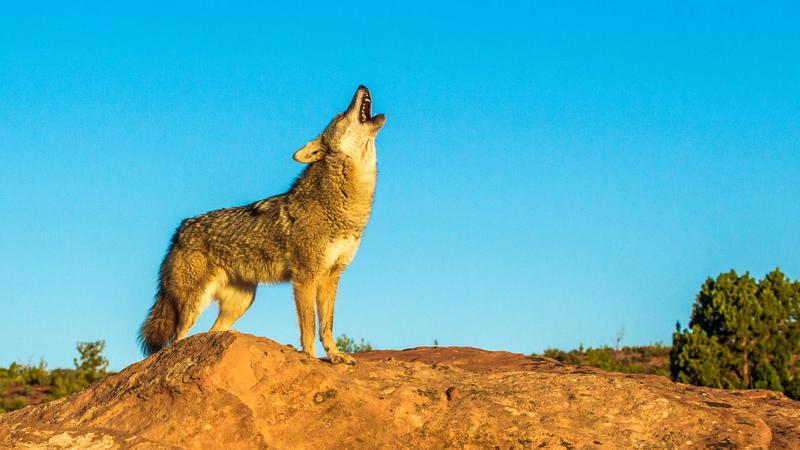
A look into the Saskatchewan fur trade
For the past few years, fur trappers have been seeing prices going down and less demand for the pelts they trap. Those prices have started to level out in some areas, but trappers are still having trouble selling their pelts to manufacturers.
Don Gordon is the president of the Saskatchewan Trappers Association and manages a trap line in the Nipawin area. While trappers are seeing prices start to return to normal, Gordon said selling their pelts is still difficult because of challenges imposed by the pandemic.
“As far as prices go there has been some increase on some species. The biggest thing is the interest in purchasing. There has been more clearances for the raw fur at both the auction and in the field, which means that there’s interest in there for manufacturers to process goods. There is still a huge inventory of goods on hand though from pre COVID or during COVID. I guess that stuff was already bought.”
Trappers set up their lines for beavers, foxes, and lynx during the fall and winter months starting in October, while other animals such as coyotes, skunks, and racoons are trapped year-round.


